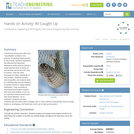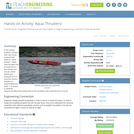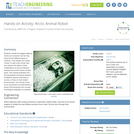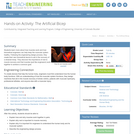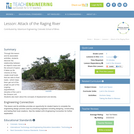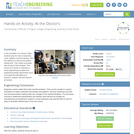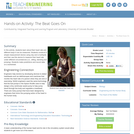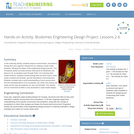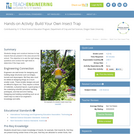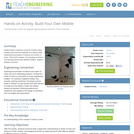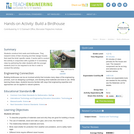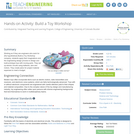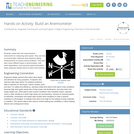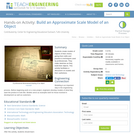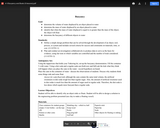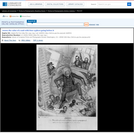
A satire on dissension and political intrigue within Andrew Jackson's administration, surrounding the Spring 1831 resignations of several members of his Cabinet. In the center Jackson sits in a collapsing chair, labeled "The Hickory Chair is coming to pieces at last." Seated on the arm of his chair is a rat with the head of Postmaster General William T. Barry. On the floor before him is a pile of resignations with a broken clay pipe, and a brazier. He sweeps with a broom at a number of rats scurrying at his feet, and in the act knocks over the "Altar of Reform" toppling a winged ass also holding a broom. The rats have heads of (from left to right) Secretary of State Martin Van Buren, Secretary of War John H.Eaton, "D. I. O."(?), Navy Secretary John Branch, and Treasury Secretary Samuel D. Ingham. John Calhoun is a terrier which menaces the Van Buren rat. Van Buren, threatened by an eagle while attempting to climb the "Ladder of Political Preferment" whose rungs are labeled with the names of the states, says, "If I could only humbug that Eagle and climb up this ladder." Calhoun: "You don't get up if I can help it." Eaton: "I'm off to the Indians." Branch: "This from the greatest and best of men." Ingham: "Is this the reward of my Patriotic disinterestedness." In a doorway marked "Skool of Reform" appears a man in a visored cap and fur-trimmed coat saying, "There's Clay, and this is all Clays doings." Daniel Webster and Henry Clay (with raised arms) look in through a window. Webster: "That Terrier has nullified the whole Concern." Clay: "Famine! War! Pestilence!"|Cock of the Walk fecit. (Edward Williams Clay).|Entered . . . 1831 by E.W. Clay.|Publd by E.W. Clay, S.E. corner of Walnut and 4th St. Philada.|The print appears to have been derived from William James Hubbard's portrait of Jackson, or from Albert Newsam's 1830 lithograph reproducing the painting. A pencil sketch believed by Davison to be Clay's sketch for the print is in the National Portrait Gallery in Washington. The Library's impression of ".0001" was deposited for copyright on May 5, 1831. Davison also lists a second edition of the print. Two anonymous versions of the print, possibly derived from ".00001," were published under the title "The Rats leaving a falling house." (See 1831-2).|Title appears as it is written on the item.|Davison, no. 32 (sketch), 56 and 57.|Murrell, p. 109-110.|Weitenkampf, p. 24.|Forms part of: American cartoon print filing series (Library of Congress)|Published in: American political prints, 1766-1876 / Bernard F. Reilly. Boston : G.K. Hall, 1991, entry 1831-1.
- Subject:
- History
- U.S. History
- Material Type:
- Diagram/Illustration
- Primary Source
- Provider:
- Library of Congress
- Provider Set:
- Library of Congress - Cartoons 1766-1876
- Date Added:
- 06/13/2013
